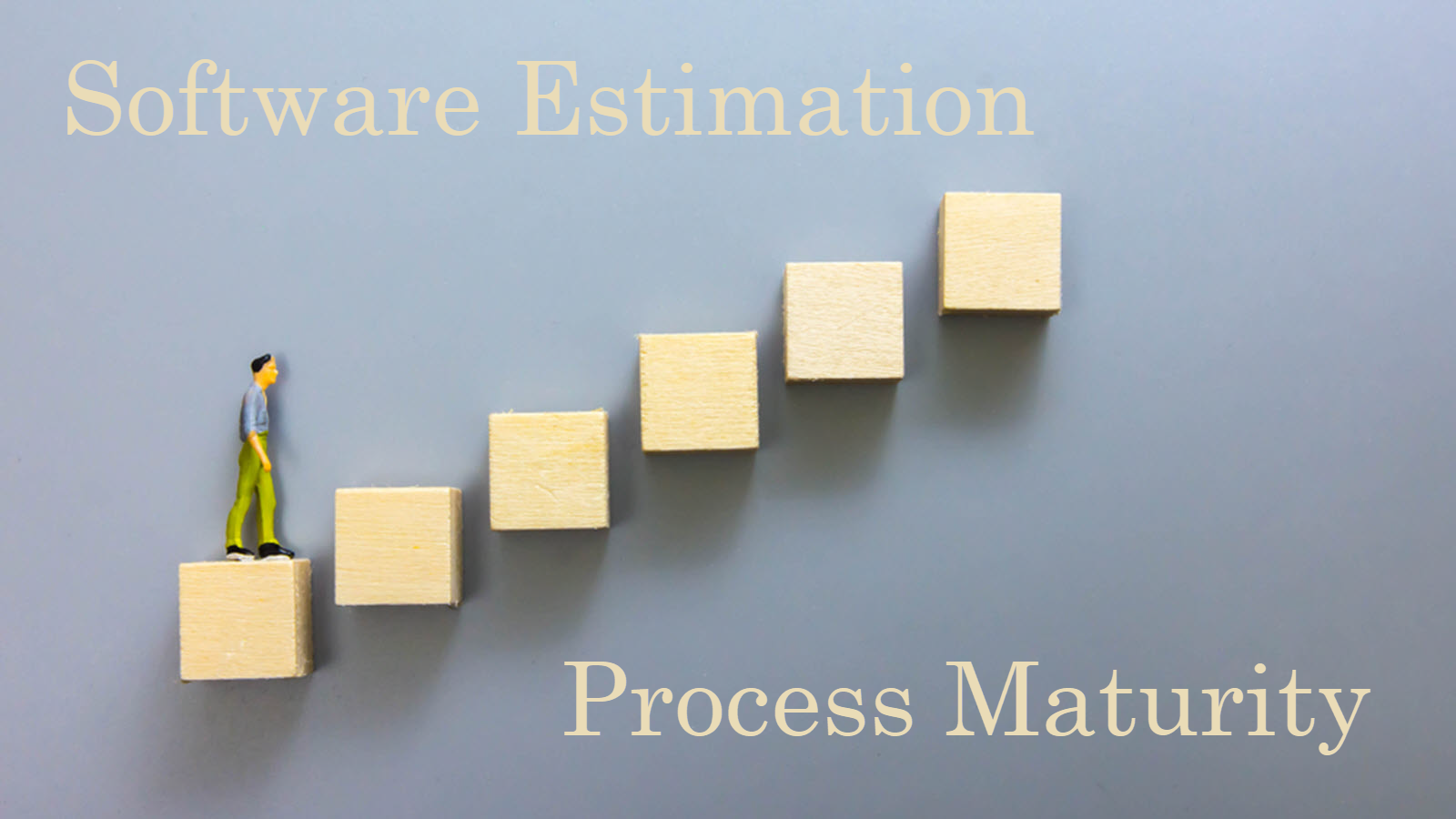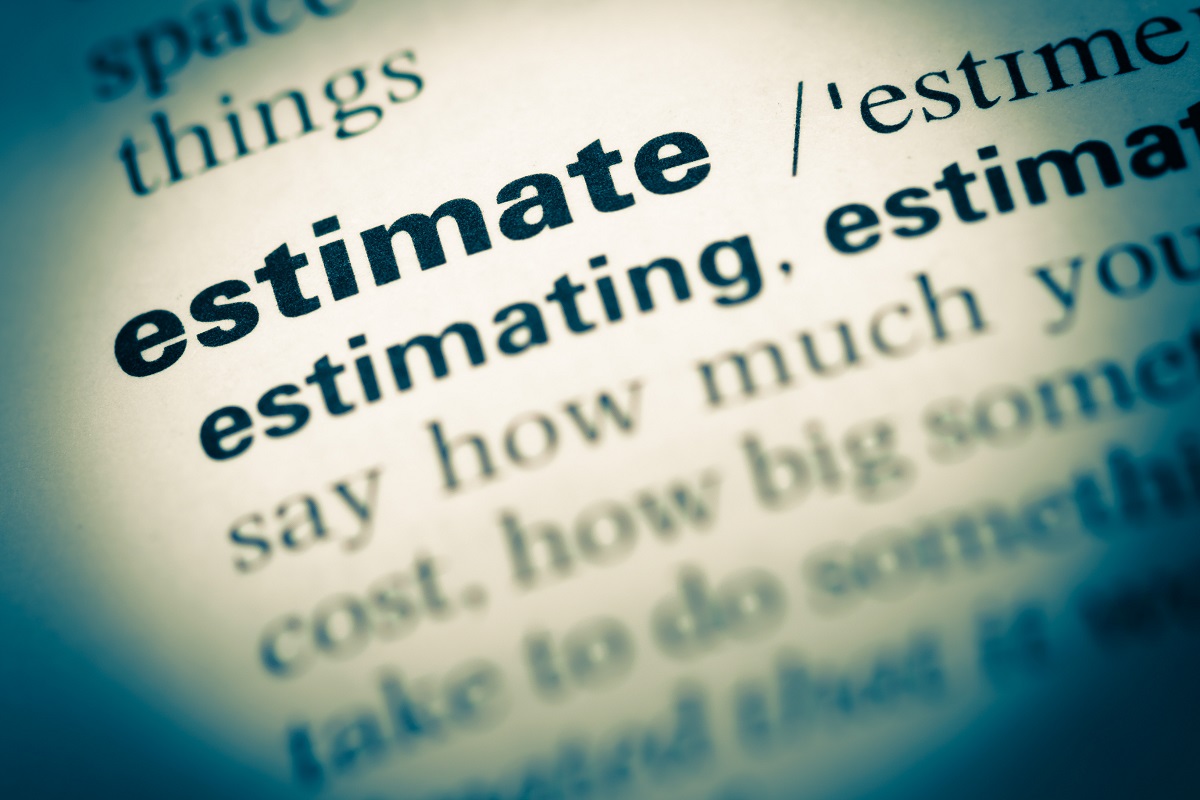Software Estimation Process Maturity is Relative

Do you feel your organization is immature when it comes to software development estimation? Software estimation process maturity isn’t all or nothing! And chances are you’re selling yourself short. Let me share one client’s journey to higher software estimation maturity and the lessons they learned along the way.
A Common Perception
Many organizations don’t feel mature enough to estimate their software development releases and portfolios using something other than a spreadsheet or expert judgement. That’s understandable to a degree, because spreadsheets are familiar, they are often introduced to us when we first learn about computers. There’s a comfort we feel in the spreadsheet world. And spreadsheets and expert judgement don’t typically incur any significant extra costs. The overall feeling that their processes are immature is due to the misconception that formal software process assessments are required to validate the good practices already in use.
Making small improvements relative to current practices increases your maturity. To get real value out of accurately estimating software projects — delivering quality features on time and within budget — consider using a software estimation tool that offers objective analytics and insights a spreadsheet cannot. You don’t have to be very mature to glean the benefits from an estimation tool and your maturity will grow with continued use.



